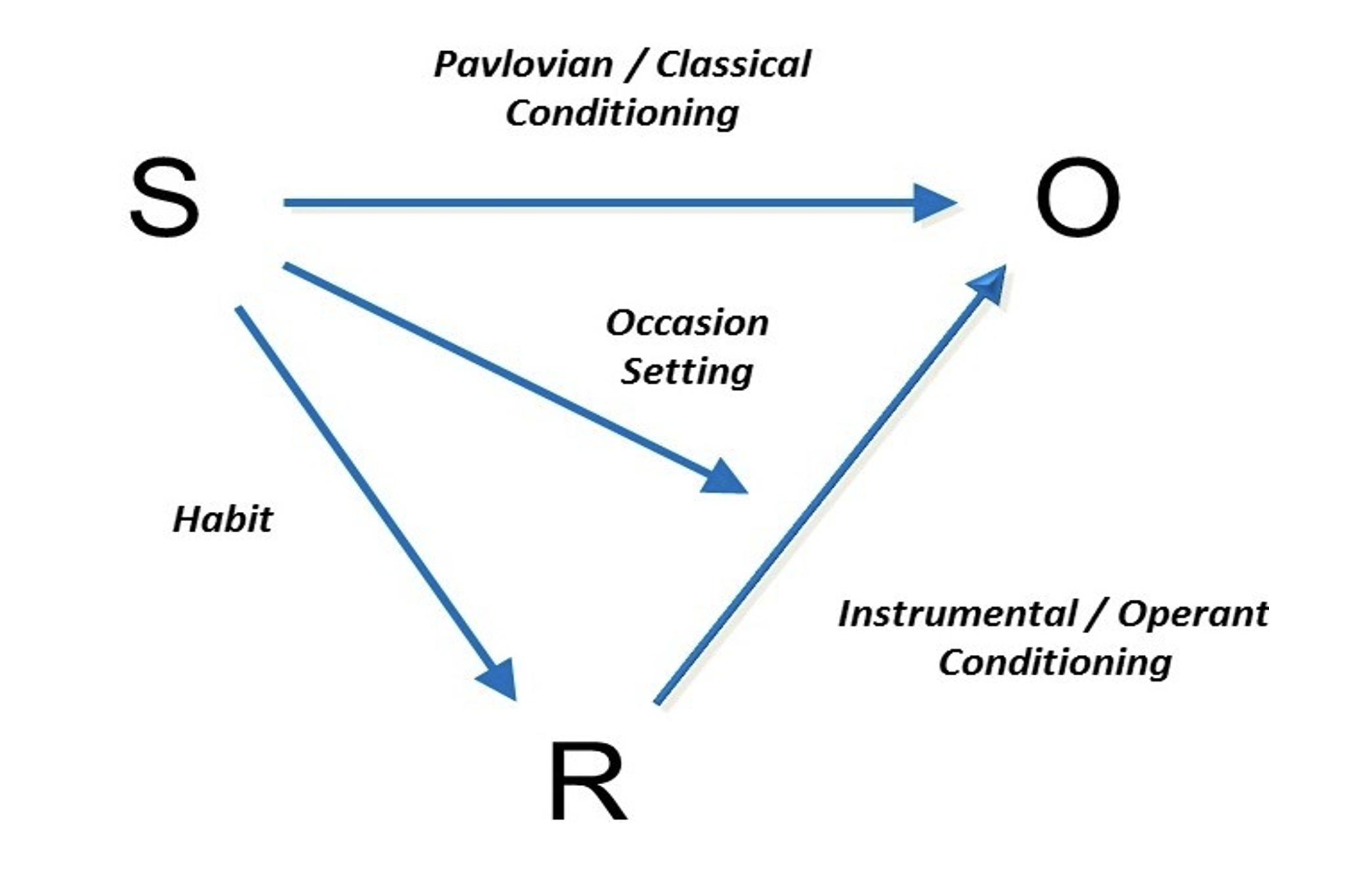Associative Learning
The capacity to learn is a gift;
The ability to learn is a skill;
The willingness to learn is a choice.
– Brian Herbert, American author (b 1947)
The first stage in the learning process, Cognitive learning is more a natural way of learning that happens through observation, listening, language and emotion. It is more of a mental process rather than experience. The next stage – associative learning, is the way brain learns to associate things together. When we associate a number or an event with what we already know well (example: remembering a number associating with birthday) we tend to recall in a jiffy. Many a times this helps in building memory. Many of us have passed our academic examinations based on our memory and ability to write fast!
Even after completing four years, our second son was finding it very difficult to learn English alphabets. My wife*, a highly rated teacher by her students, found it tough to make him read the usual books that were available for Kinder-garden students. He was always interested in riding his tricycle or playing with toy cars. Looking at his interest, I suggested to my wife to create a book with pictures of all types of vehicles; example: A-Aeroplane, B-Bus, C-Car, D-Double Decker, etc. With this newly designed book, he learnt all the alphabets in less than three days! With constant support and guidance of my wife, he passed his tenth standard board examination in flying colours scoring over 87%!
This type of associative learning is known as Classical Conditioning. It is one of the fundamental ways we learn about the world around us. But it is far more than just a theory of learning; it is also arguably a theory of identity. Recently, I came across a theoretical frame-work which interestingly aligned with the solution that I had developed way back in 1991, helping my wife to teach my second son English alphabets! (Bouton, M. E, 2022, Conditioning and learning in R. Biswas-Diener & E. Diener (Eds), Noba textbook series: Psychology. Champaign, IL: DEF publishers).
The figure below summarizes the frame-work – any reinforced operant response (R) is paired with an outcome (O) in the presence of some stimulus or set of stimuli (S). In our son’s case, the stimulus was movement, response was the interest that he showed in learning and the outcome, his progress in English language over a period of time.
The other type of associative learning is instrumental conditioning (also known as operant conditioning), through which the strength of the behaviour is modified by reinforcement – reward or punishment. In the case of my son, it was reward – he was able to move from one class to another, year after year!
Thus, associative learning is necessarily associated with stimuli – internal or external. The stimuli can be conditional or unconditional. To a large extent I have used associative learning not only to improve myself, but apply in guiding my second son to overcome many of his difficulties in cognitive learning.
*Hema Ravikumar, worked as teacher of Statistics at M.L.A. Junior College for Women, Bangalore (1979-2015,) serving as Principal of the college during her last three years of service.
~~~
December 1, 2022 | Ravi 55

